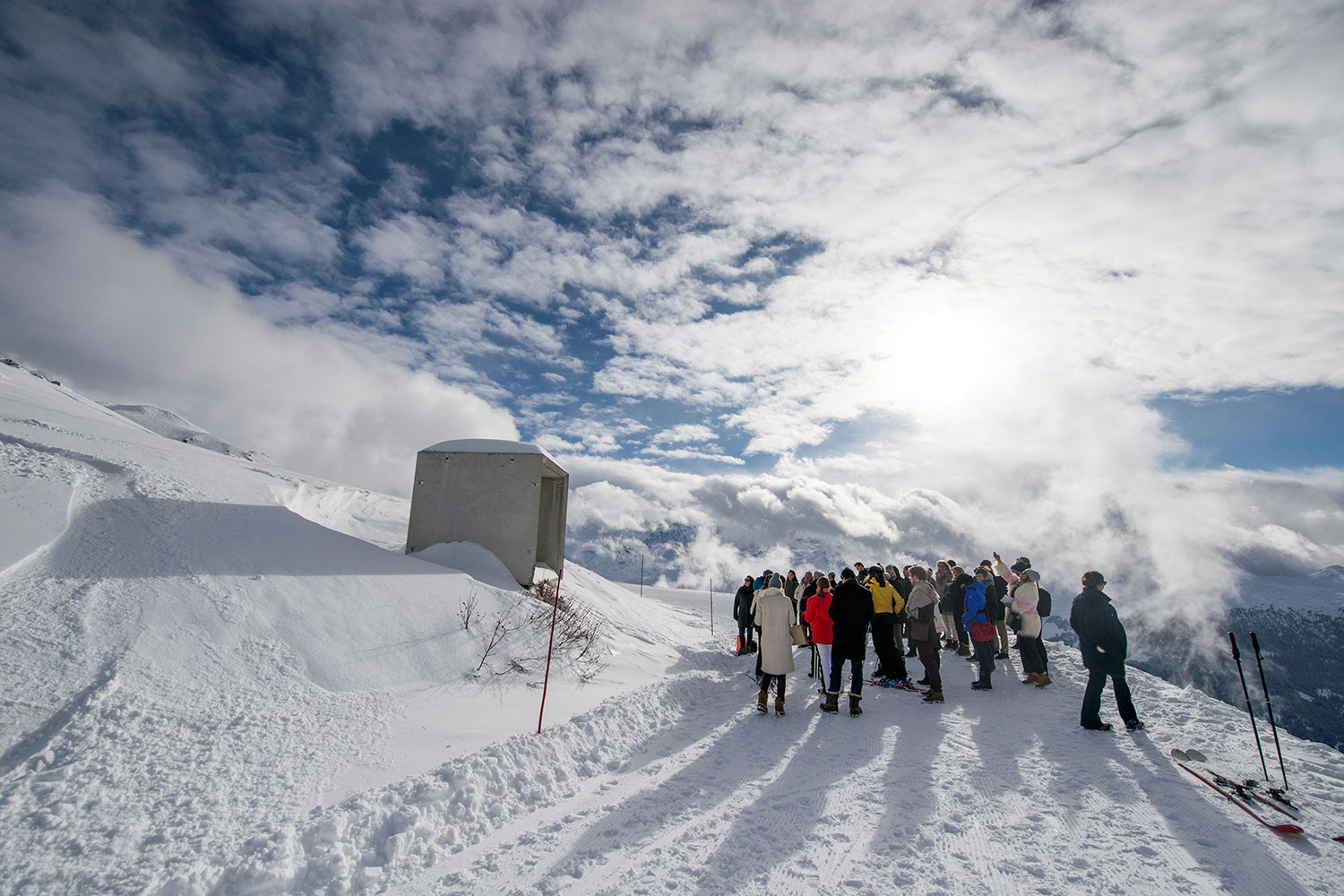This year nearly 130,000 people visited the India Art Summit over the course of four days from over 60 cities worldwide. Upon first impression the art fair’s founder, Neha Kirpal, speaks with an enthusiasm fitting her youth; but what she has done for India is admirable for a person any age. India’s first appearance at the Venice Biennale 2011 is just one indirect result of her many efforts to represent India and bring her country together around art.
Jovana Tomanovic: The Art Summit is on it’s 3rd edition this year as the country’s only international art fair for contemporary art. How do you compare it to other art fairs such as ARTHK (Hong Kong International Art Fair) and Art Stage Singapore?
Neha Kirpal: The other fairs like HK and Art Stage Singapore and Art Dubai are destination fairs, where the domestic market is small compared to what is brought from outside. India is a very large country. My goal is to show the domestic market. Art Summit India can be compared only to the Frieze organization. I concentrate on making this art fair world class. But it was initiated to show Indian costumes, art and tradition. The focus of this year’s seminar program was to India present as a multifaceted cultural experience. I am trying to unite the art world in a country that is quite fragmented.
JT: Are the Indian collectors more interested in buying local or international artists? How many collectors did you invite?
NK: They buy in equal share. Indian collectors buy foreign artists and foreign collectors buy Indian artist, and both Indian and international galleries sell equally. We have 19 museums from all over the world. Another important aspect to us is the Indian Diaspora that take care of the intentionality of the artists. The Indian Diaspora is the third largest in the world and composed of nearly 25 million people living in almost every corner of the globe. Artists from this diaspora bring with them a unique perspective to the art world and I believe they have a crucial role to play in helping non-Indians understand India. And, at the same time, they bring their Indian sensibilities, narratives and contexts to their otherwise western perspectives.
JT: How many registered visitors did this edition have and how many compared to the previous two?
NK:Tomorrow is the last day. We estimate over 100,000 visitors will visit by the end. In the fist edition, attendance was 40,000 visitors.
JT: What is the maximum cost for one booth? Are there different prices for Indian and foreign booths? Did you invite a guest country?
NK: No we did not have a specific guest country and I am not planning to have one for the new few years. India is the focus country. There is only one price list for all galleries and it is 17,000 RS per square meter of booth space (about 30 euros per meter). This year we had 200 applicants and we selected 84 galleries.
JT: You founded the India Art Summit when you were 28, is that correct? How do you feel about?
NK: Correct, I just turned 30. I studied marketing in the UK University of Arts in London for three years, but I always wanted to live in India. So I come back with the desire to make an India art fair. To create a fair in India to me means to me spending time positively. I think that the Indian art community has been more fragmented because no one started an art fair before. Art in India is more a family business; it is missing real marketing. I wanted to contribute to the Indian Art scene but also to the larger concept of India. I spend all the year traveling and working on contacts and inviting people to learn more about India. I am a very proud Indian, and I want to change the Indian art market, sell India as a destination, and a viable market.
JT: What is the biggest difficulty that you have in organizing the Art Summit?
NK: Managing the costs for the international galleries is definitely the biggest problem. One example from China is that the government is not supporting us at all. But now with the new minister and an India’s first pavilion at the Venice Biennale, I hope it will change. The custom import duties are also very expansive and we are working now with the government to structure a fund for fairs.

